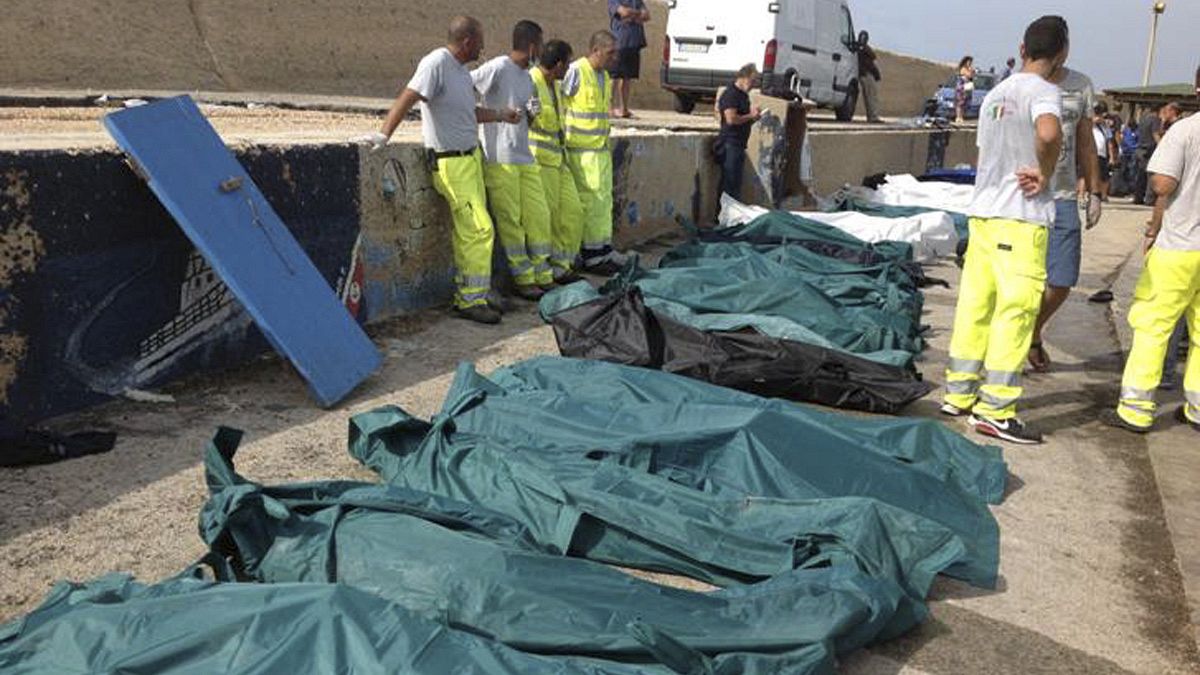A human tide washes over European shores every year, with only a few would-be migrants surviving the dangerous journey to what they hope will be a world of equality and economic prosperity.
Fleeing poverty, famine, war and a lack of economic opportunity are among the many reasons that push thousands of people from Africa, the Middle East and Asia – young or old, male or female, single or married – to attempt to enter Europe illegally. They leave behind their homes and families for the“promised land” of Europe.
Their stories vary, depending on the starting point of their trip, but many African immigrants end up on old, over-crowded and decrepit fishing boats that on too many occasions catch fire or capsize before arriving at the final destination.
Such accidents, such as one that caused the death of 360 people off the coast of Italian island of Lampedusa in October 2013, only intermittently catch the public and media’s attention, to become old news just a few days later. Smaller incidents that involve only a dozen deaths fail to grab headlines and go unreported. If they haven’t made it to Europe’s shores and successfully sought asylum, why count them?
But in August 2013, a consortium of 10 European journalists launched a project that aimed to compile a comprehensive database of immigrant fatalities from January 1, 2000, until the present day.
What they found is horrifying: more than 23,000 illegal migrants have died during their journey to Europe since the beginning of the century.
The Migrants’ Files, released today (March 31), principally relies on data collected by United for Intercultural Action, a non-profit group whose network comprises over 550 organisations across Europe, but also brings together datasets from various sources such as Fortress Europe and Puls. More data was acquired from publicly available resources such as news reports and government publications, using an intelligence services’ method, Open-Source Intelligence (OSINT).
Acknowledging the challenges associated with crowd-sourcing, such as incompatibility and inaccuracy, the compilation of data required extensive data cleaning and fact-checking using the open-source analysis tool OpenRefine. Following that step, the team of journalist established their database on Detective.io, a website tool designed for investigative reporting projects.
The survey features every fatality along with its date, latitude and longitude as well as the cause. Data can be sorted according to age, gender and nationality.
But perhaps the most important finding of the project is the fact that the fatality rate of immigrants turned out to be much higher – by almost 50% – than had been previously speculated. Earlier estimates had ranged from 17,000 to 19,000 victims since the early 1990s.
Illegal migration to Europe is an age-old phenomenon that has only captured the international community’s attention in recent years due to the influx in the number of people escaping their bleak realities and attempting to enter Europe. Ongoing Projects such as The Migrants’ Files aim to remind the media to be consistent in shedding light on the human face of this issue, rather than looking at the problem in terms of policy.
Tweets about “#MigrantsFiles”
!function(d,s,id){var js,fjs=d.getElementsByTagName(s)0,p=/^http:/.test(d.location)?‘http’:‘https’;if(!d.getElementById(id)){js=d.createElement(s);js.id=id;js.src=p+”://platform.twitter.com/widgets.js”;fjs.parentNode.insertBefore(js,fjs);}}(document,“script”,“twitter-wjs”);
